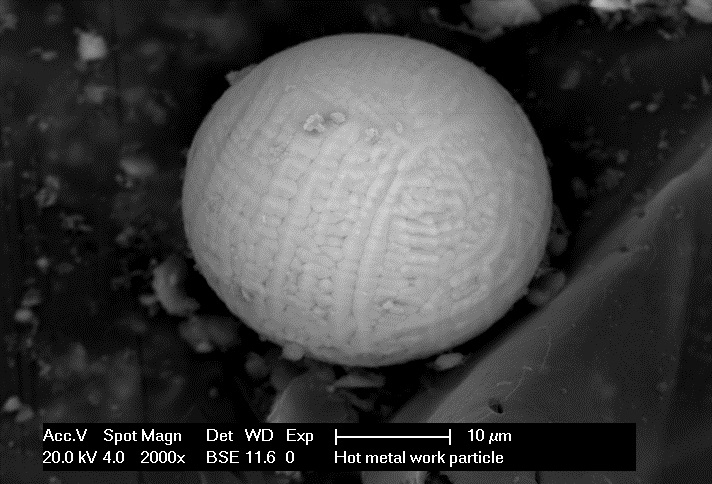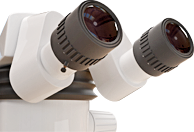Metal Fragment Identification and Analysis
 Analysing and identifying metal fragments ferrous or non-ferrous, such as aluminium and copper alloys, may be needed for many reasons and is an issue across many different manufacturing industries like aerospace, automotive, food, pharmaceutical, medical device, materials, paper and nuclear power.
Analysing and identifying metal fragments ferrous or non-ferrous, such as aluminium and copper alloys, may be needed for many reasons and is an issue across many different manufacturing industries like aerospace, automotive, food, pharmaceutical, medical device, materials, paper and nuclear power.
There can be worries about the contamination in products, whether a product is about to fail or an investigation into a customer complaint on the discovery of a foreign metal fragment or contaminant. LPD has many years of experience in the analysis of metal fragments using our metallurgist and processing knowledge to provide technical characterisation and information on its physical and chemical composition. This detailed analysis can often give useful insight into the origin and help in the elimination / treatment of the source of the metal fragment.
The aim of metal or non-metal fragment identification analysis is to gain additional information other than size and volume about metal fragment but also to identify or characterise specific microscopic and microstructure and chemical contaminants that can be controlled or removed from components or manufacturing processes.

LPD has a wide range of techniques that can be used in metal fragment analysis. These include:
- Optical Microscopy at high magnification can be used to make an assessment of the composition like the proportion of plant matter, metal, paint flakes, insect parts,sand, glass, abrasives, etc..
- SEM/EDX can be used to give information on the dust particle shape, size and chemical composition.
- Atomic Absorption Spectrometry AAS and ICP-MS gives an accurate analysis on the metal fragment chemical composition and levels of trace metals down to parts per billion.
- Ion Chromatography for analysis of soluble species such as chlorides,, fluorides, bromides, nitrates, phosphates, sulphates, weak organic acids, sodium, potassium, lithium, calcium, magnesium and ammonium ions.
The links below provide an illustrative list of example pieces of work LPD Lab Services has carried out since it began doing 3rd Party work in 2003. Multiple links are provided to other areas of the website to help customers navigate.
- Establish source of metal ferrous (iron, Cast Iron, Steel, Stainless steel) fragment problem.
- Establish source of non-ferrous like copper, brass, bronze, carbide, nickel superalloy, aluminium alloy fragments in manufacturing and finished products.
- Identification of non-metal fragments, contamination or inclusions in products such as glass products, food products, plastic films and packaging, laminated materials, pharmaceutical products, fluids, oils and electronics.
- Composition of dust material by semiquantitative XRF.
- Quantification of component failure and metal fragments by SEM/EDX and XRF.
- Identification of individual components in metal (ferrous / Non-ferrous) by SEM / EDX.
- Metal fragment / shape measurement by optical microscopy or SEM with image analysis.
- Determination of metal inclusion and fragment types by optical microscopy and SEM
-
Determination of corroded metal fragments by SEM/EDX and interpretation by the laboratory's metallurgist.

